News
3D Graphics in UI: A Game-Changer for Design Trends in 2024
In the rapidly evolving world of digital marketing, staying ahead of design trends is crucial. One of the most significant innovations in recent years is the rise of 3D graphics in User Interface (UI) design. While 3D design has been prevalent in gaming and animation for years, its application in web and app interfaces has transformed how brands connect with their audiences. This article will explore how 3D graphics in UI are revolutionising design trends in 2024, focusing on their impact on digital marketing and consumer engagement.
The Emergence of 3D Graphics in UI Design
Historically, web and app designs relied heavily on 2D graphics, with flat designs taking centre stage. However, as technology advanced, particularly with the development of faster processors and graphic rendering engines, 3D graphics began to find their place in the digital space. The ability to create lifelike, interactive 3D elements has introduced a whole new dimension (quite literally) to the user experience. This shift is partly driven by the desire to provide users with more engaging, immersive experiences, which in turn helps brands stand out in a crowded digital marketplace.
The shift towards 3D is not just about aesthetics; it also reflects a deeper change in how digital marketing interacts with consumers. Consumers now expect a more interactive, dynamic experience when browsing websites or using apps, and 3D elements help achieve this by making designs feel more tactile and realistic.
Why 3D Graphics are a Game-Changer for Digital Marketing
- Enhanced User Experience (UX)
The most immediate benefit of 3D graphics in UI is the way it enhances the overall user experience. When applied correctly, 3D elements can create more intuitive, user-friendly interfaces. For example, interactive 3D models allow users to manipulate products, explore virtual spaces, or visualise complex data in a more engaging way.
For e-commerce websites, 3D product displays have become a game-changer. Instead of relying on static images, customers can view a product from multiple angles, zoom in for finer details, and sometimes even interact with the product directly. This improves the overall buying experience and reduces uncertainty, which is crucial in online shopping. According to a 2023 report by Statista, 52% of online shoppers say that 3D visuals would make them more likely to purchase an item online (Statista, 2023).
Moreover, the use of 3D graphics can significantly enhance mobile UX. With the increasing dominance of mobile-first websites, creating 3D experiences that translate seamlessly across devices has become more important than ever. The immersive nature of 3D content is well-suited to the smaller screens of smartphones and tablets, allowing brands to deliver rich, interactive experiences even on mobile devices.
- Boosting Engagement and Retention
One of the primary goals of digital marketing is to capture and hold the attention of users. In a world where people are bombarded with information, interactive and visually appealing designs can make a significant difference. 3D graphics naturally lend themselves to more engaging and attention-grabbing designs, making users more likely to stay longer on a website or app.
Studies show that interactive content, such as 3D models and animations, can lead to increased engagement. According to a 2024 report by HubSpot, 70% of marketers believe that interactive content is more effective at converting leads than static content (HubSpot, 2024). 3D elements can also be used to guide users through a website or app, helping them navigate and discover new features. For example, brands can use 3D animations to highlight key products or services, encouraging users to explore further.
This increase in user engagement can directly impact brand retention. The more immersive and enjoyable an experience, the more likely users are to return. Additionally, 3D graphics help create a sense of novelty and excitement, which is essential for keeping users engaged in a digital landscape where expectations are continually rising.
- Improved Brand Identity and Differentiation
In the competitive world of digital marketing, establishing a strong and recognisable brand identity is essential. 3D graphics can help brands differentiate themselves from their competitors by creating unique, memorable designs that resonate with their target audience. The ability to incorporate lifelike textures, shadows, and lighting effects can help convey a brand’s personality in a way that static 2D images simply cannot.
For example, luxury brands can use 3D visuals to create a sense of exclusivity and elegance, while tech companies can utilise cutting-edge 3D designs to highlight their innovative nature. By aligning 3D graphics with their brand ethos, companies can reinforce their identity and build stronger connections with consumers.
Moreover, the interactive nature of 3D graphics allows brands to offer personalised experiences. Personalisation has become a key aspect of modern digital marketing, with brands increasingly tailoring content to individual user preferences. 3D elements, such as customisable avatars or product configurations, offer users a sense of ownership and involvement, making the brand experience feel more personal and relevant.
- Optimising Conversion Rates
The ultimate goal of any digital marketing campaign is to convert users into customers. 3D graphics play a significant role in optimising conversion rates by providing a more immersive and engaging experience that encourages users to take action.
Interactive 3D elements, such as clickable models or product configurators, can make it easier for users to make purchasing decisions. By offering users a chance to interact with products before they buy, brands can reduce uncertainty and increase confidence in their choices. In fact, a study by Adobe in 2023 found that websites with 3D product displays had a 40% higher conversion rate compared to sites using traditional 2D imagery (Adobe, 2023).
Additionally, 3D elements can be used strategically throughout the user journey to guide visitors towards conversion. For example, 3D animations or interactive elements can draw attention to key calls to action, such as “Buy Now” buttons or special offers. This subtle yet effective use of 3D graphics can significantly boost conversion rates.
The Technical Side: How 3D Graphics Are Integrated Into UI Design
While the creative benefits of 3D graphics are clear, there are also technical challenges that designers must consider when integrating 3D elements into their UI. The good news is that recent advancements in web development technologies have made it easier than ever to incorporate 3D graphics into digital designs.
- WebGL and Three.js
WebGL is a JavaScript API that allows web developers to render interactive 3D graphics within a web browser. It works by harnessing the power of a computer’s GPU (Graphics Processing Unit), allowing for real-time rendering of complex 3D scenes. One of the most popular libraries used to simplify the process of working with WebGL is Three.js. This open-source framework makes it easy for developers to create 3D content that runs smoothly in modern web browsers.
Thanks to WebGL and Three.js, creating immersive 3D experiences no longer requires users to install special plugins or software. This has made 3D design more accessible and practical for web developers, opening the door for more widespread use of 3D graphics in UI design.
- Responsive Design and Optimisation
One of the key considerations when implementing 3D elements is ensuring that they work seamlessly across different devices and screen sizes. Responsive design principles, which ensure that a website adapts to different devices, are just as important when working with 3D graphics. Optimising 3D elements for performance is crucial to ensure that they load quickly and perform well on all devices.
For mobile devices, designers must take into account the limitations of smaller screens and lower processing power. It’s essential to find a balance between creating rich, interactive experiences and maintaining fast load times and smooth performance.
- Augmented Reality (AR) and Virtual Reality (VR)
The integration of 3D graphics in UI design is not limited to traditional web and app interfaces. With the growing popularity of augmented reality (AR) and virtual reality (VR), brands are now exploring new ways to incorporate 3D elements into these immersive technologies. AR and VR offer users entirely new ways to interact with digital content, and 3D graphics are central to this experience.
For example, brands in industries such as retail, real estate, and automotive are using AR to allow customers to visualise products in their own environment before making a purchase. Similarly, VR is being used for virtual showrooms or experiences that transport users to entirely digital worlds. These cutting-edge technologies rely heavily on 3D graphics to create realistic and engaging environments.
The Future of 3D Graphics in UI Design
As we move further into 2024, the role of 3D graphics in UI design is expected to expand. With the continued advancements in AI, machine learning, and AR/VR, we can anticipate even more dynamic, personalised, and interactive experiences. The integration of 3D elements will likely become more sophisticated, offering brands new ways to engage with consumers and stand out in an increasingly competitive digital landscape.
In conclusion, 3D graphics in UI design are more than just a passing trend—they represent a fundamental shift in how brands connect with their audiences. By enhancing user experience, boosting engagement, and optimising conversion rates, 3D elements offer significant advantages for digital marketing. As technology continues to evolve, we can expect 3D design to become even more integral to the digital marketing landscape, offering new opportunities for creativity, innovation, and user interaction. For brands looking to stay ahead of the curve, embracing 3D graphics in UI design is no longer optional—it’s essential.
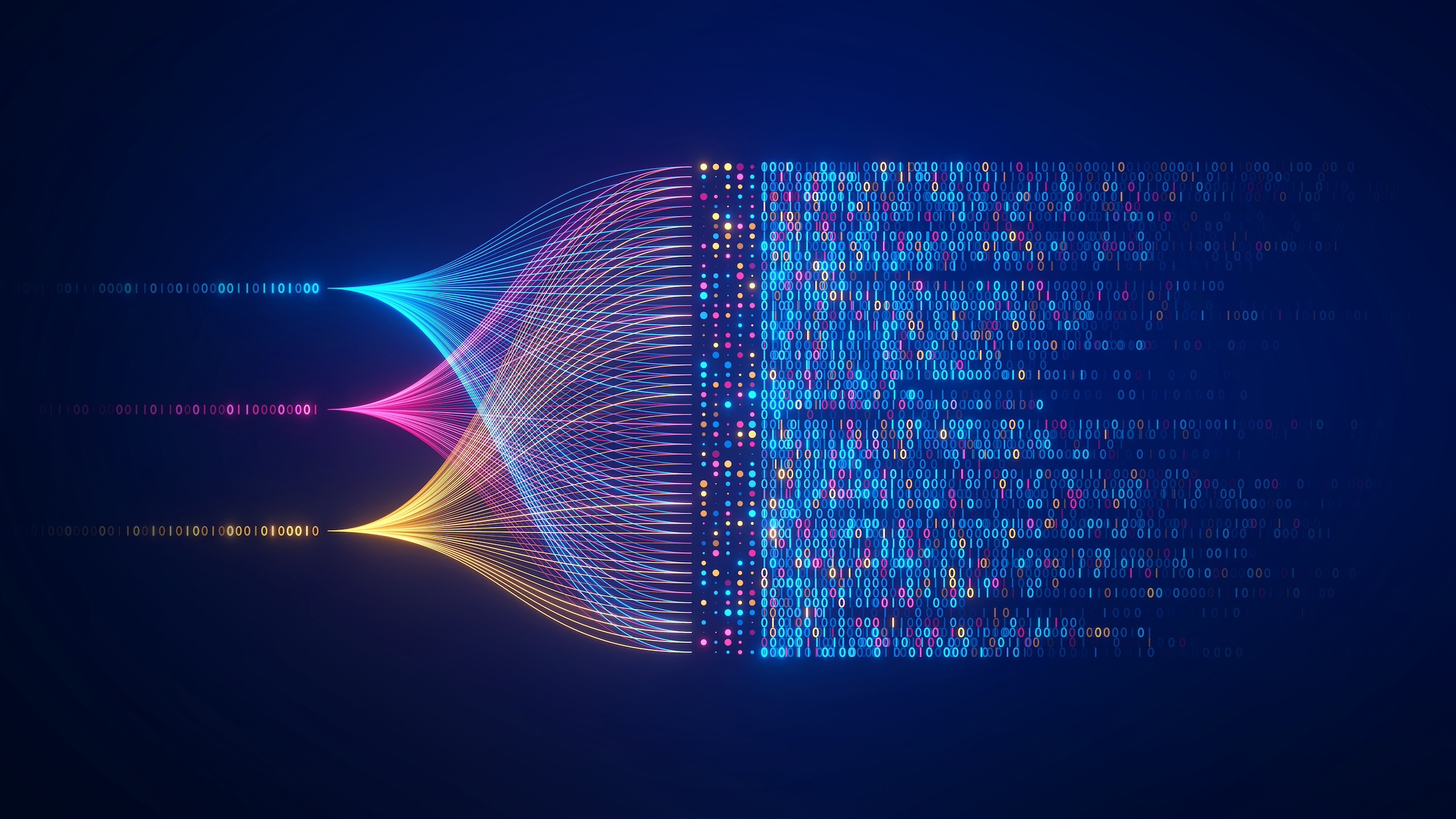





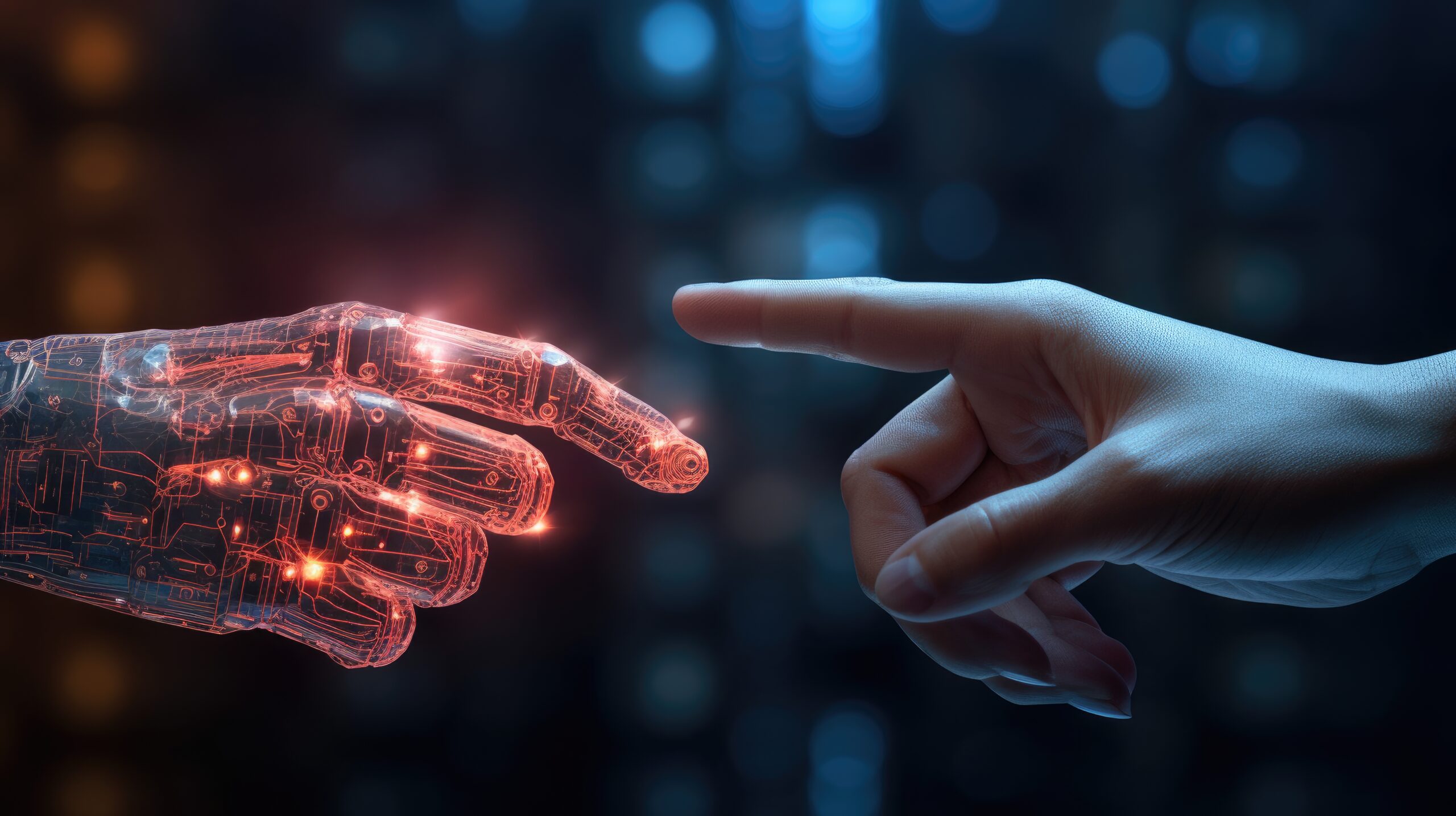
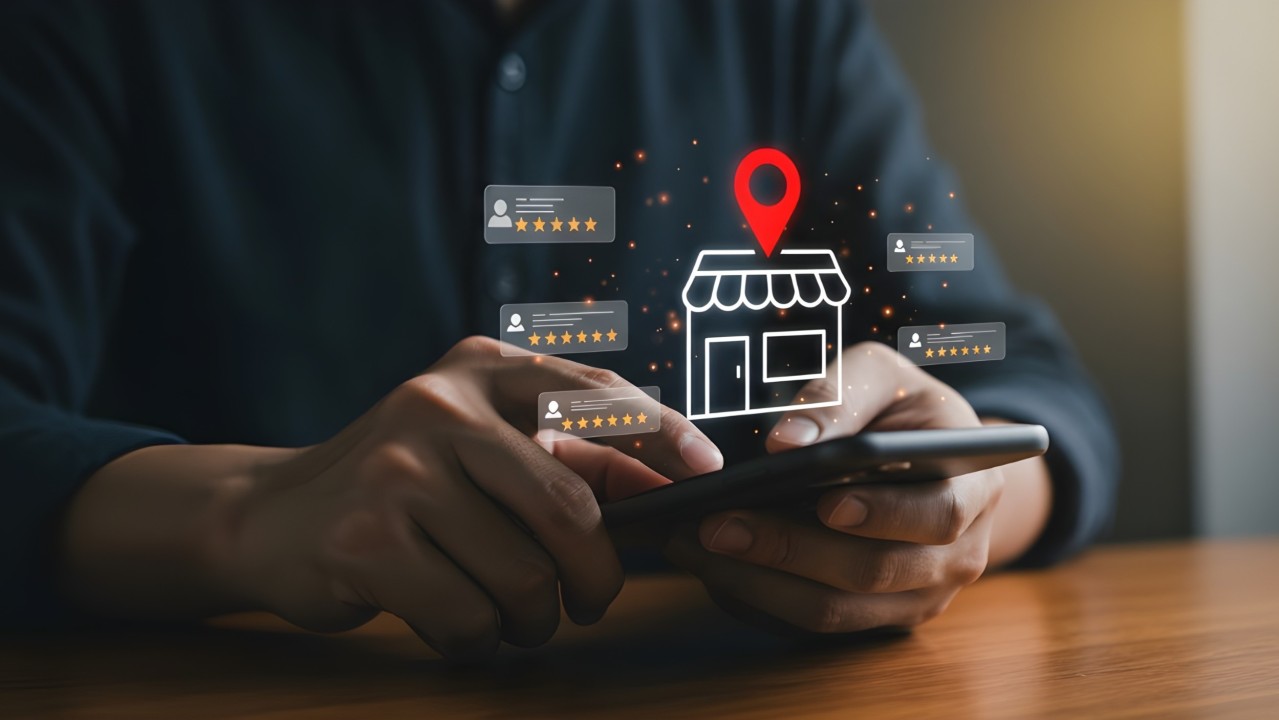
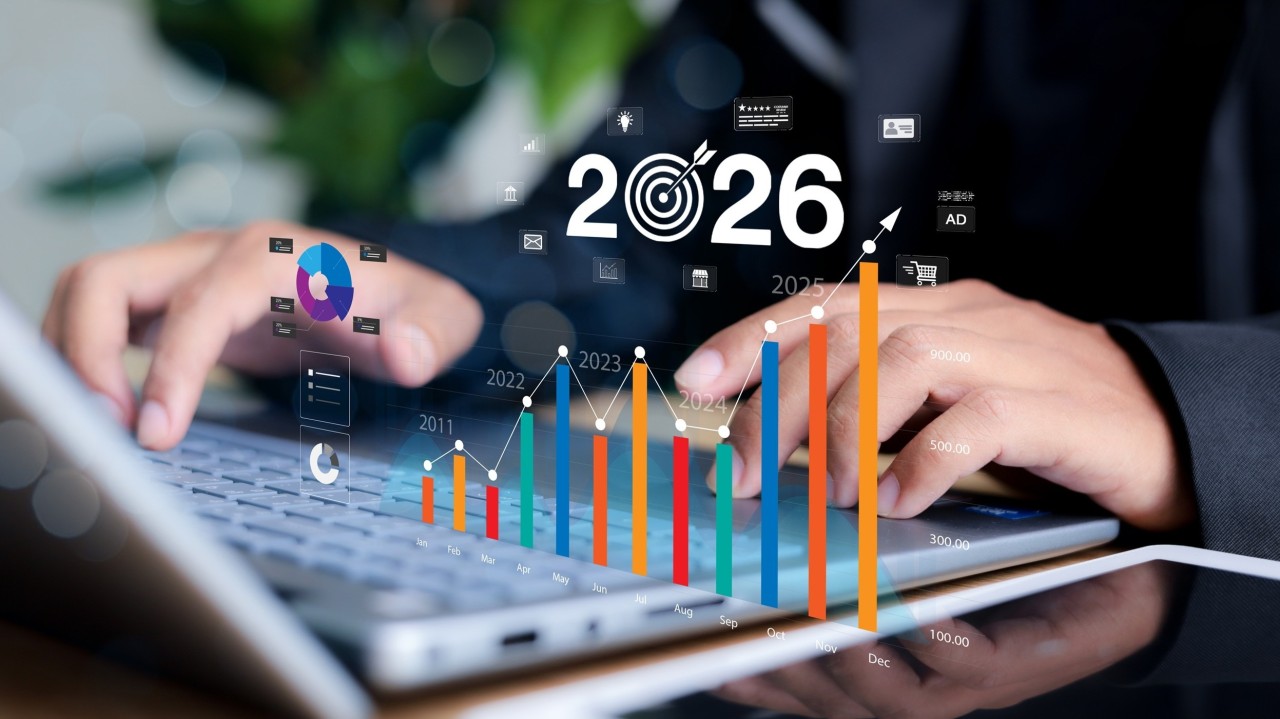
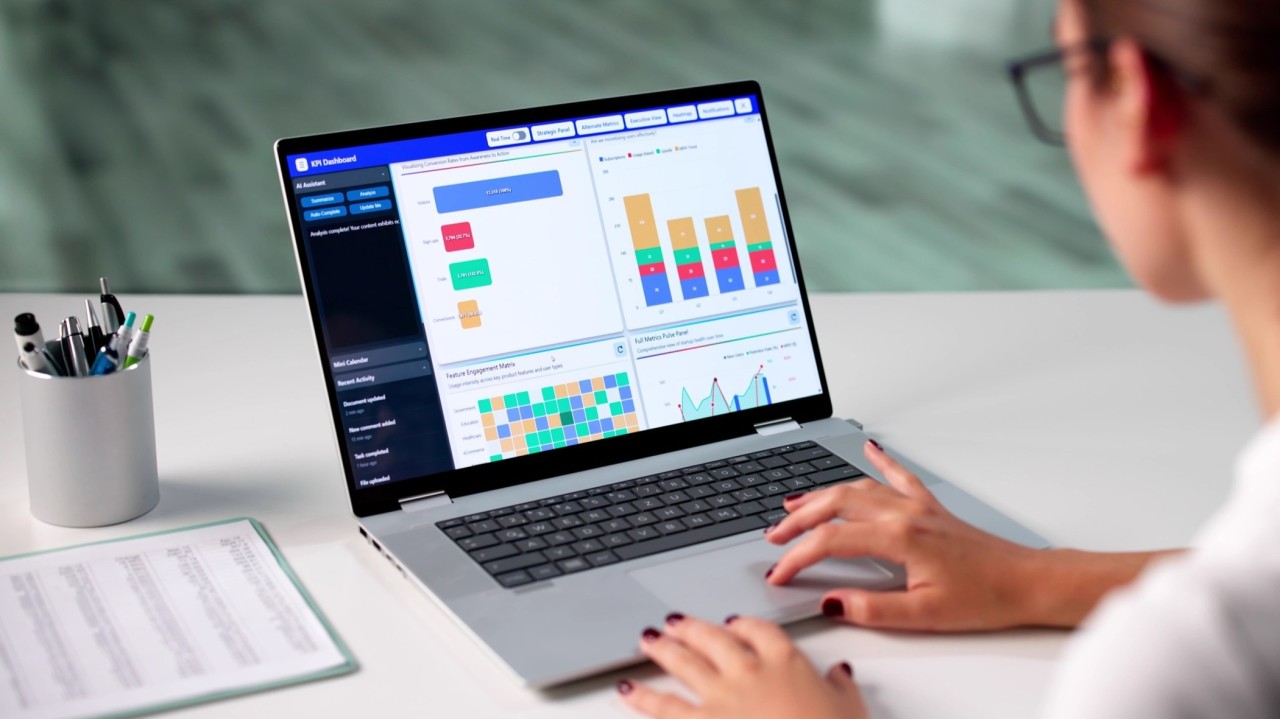


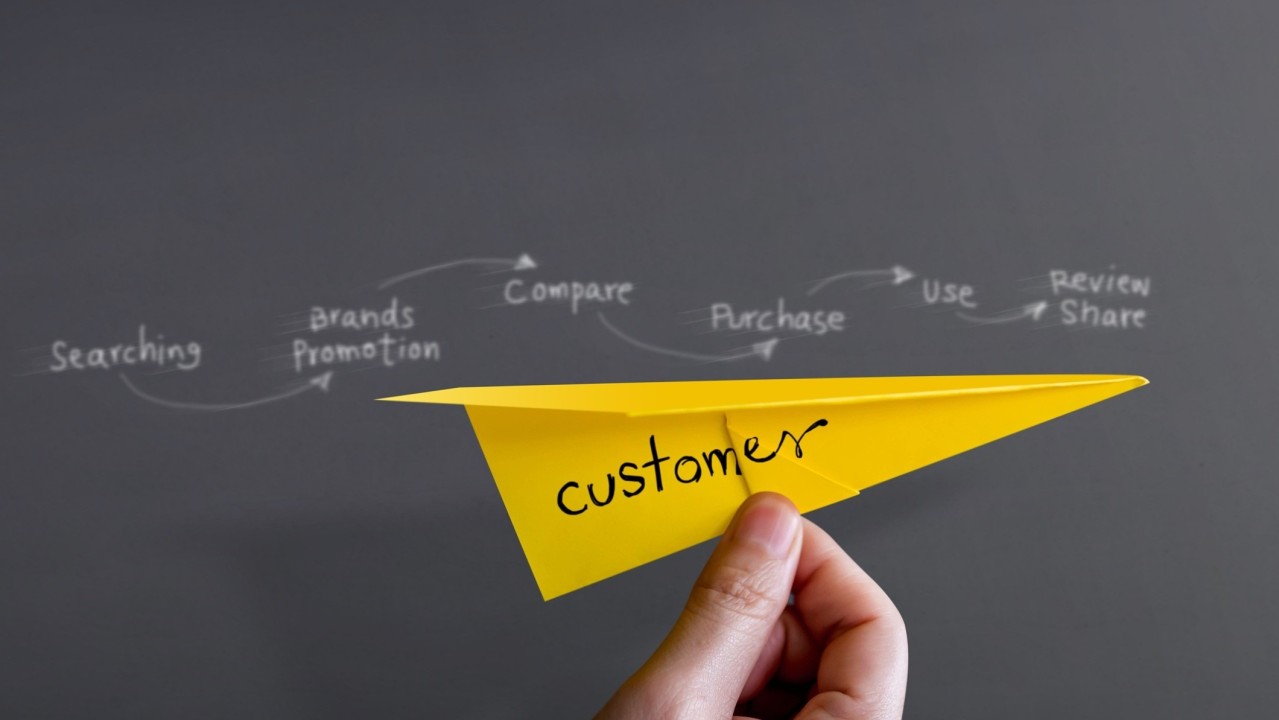


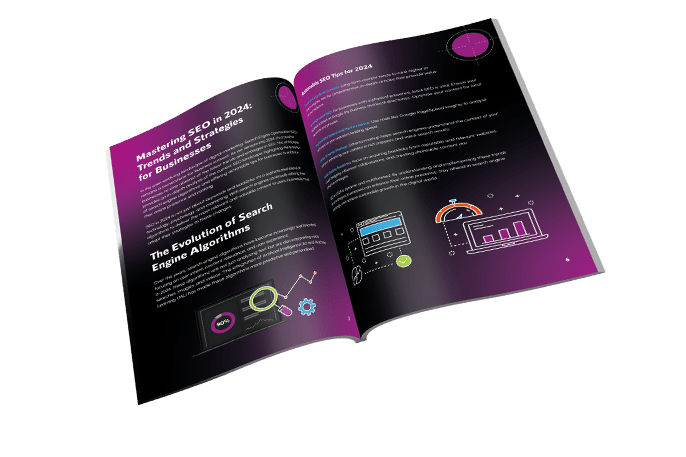
The Ultimate Social Media Guide
With the ever-growing power of social media, we use the latest techniques, video, and animation software to craft eye-catching social media assets that make your brand pop. Our designers, wielding Adobe Creative tools, create distinctive animations and graphics to illuminate your brand story and highlight your products or services. Want a unique design? No problem – we also offer bespoke designs to match your brand aesthetic.